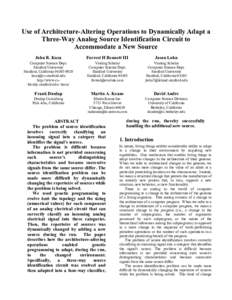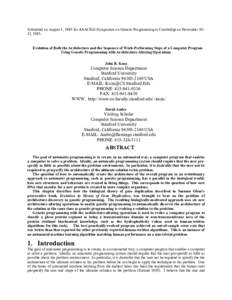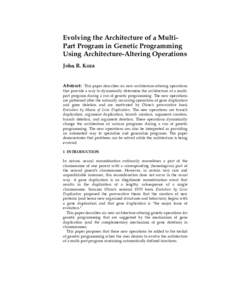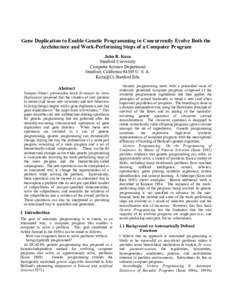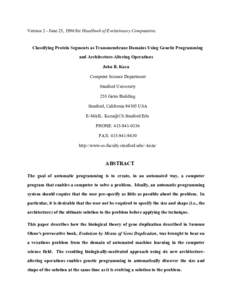<--- Back to Details
| First Page | Document Content | |
|---|---|---|
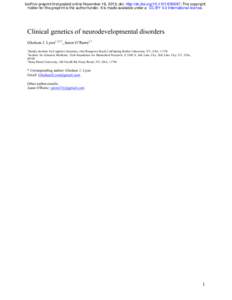 Exome sequencing Human genome Mutation Compound heterozygosity Full genome sequencing Mosaic Genetic architecture Timothy syndrome Epigenetics Biology Genetics Philosophy of biology |
Add to Reading List |
 Manuscript_Book_chapter_Version5_09272013
Manuscript_Book_chapter_Version5_09272013